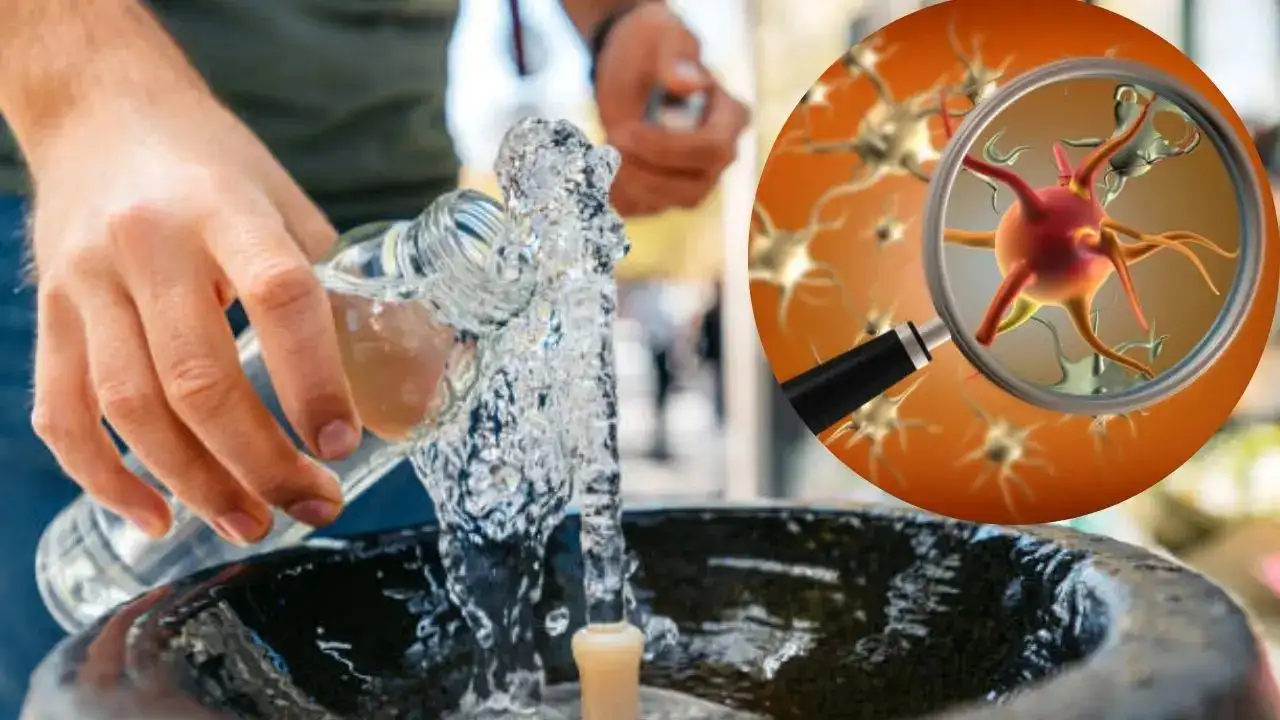
Studies say your water bottle has over 40,000 times more bacteria than on other surfaces
A refillable water bottle sounds like a good idea for the environment, as it helps reduce your carbon footprint. Since single-use plastic water bottles are everywhere, they can also help increase your water intake. However, doctors say it is probably as dirty as a toilet seat.
Why are refillable water bottles dangerous?
Studies say your water bottle has over 40,000 times more bacteria than other surfaces. Bacteria are always the real culprits that surround the safety concerns of reusing any water bottle. They grow rapidly in any damp or partially full bottles once they have been opened. So, the half-empty water bottle you have been carrying around throughout the day is the perfect breeding ground.
Bacteria in a water bottle will generally come from your hands and mouth but can also come from dirt that comes in contact with the mouth or the cap of the bottle. Also, if your bottle is made with single-use plastic, tiny cracks can develop in it, helping the bacteria and fungi to grow in those cracks.
Other issues with refillable water bottles
According to studies, reusing plastic water bottles is unwise since chemicals leach into water, making it completely unsafe to drink. Plastic water bottles contain chemicals, including polyethylene terephthalate (PET) and bisphenol A. Bottles that have been subjected to higher temperatures might have an increased amount of leaching.
What is PET?
Disposable water bottles are usually made of polyethylene terephthalate. While the research on this remains inconclusive, you must always throw away bottles that have cracks or are showing other signs of degradation. PET has been tested extensively, and no evidence of the migration of toxic amounts of chemicals from plastic to the contents has been found.
How is bisphenol A harmful?
Following concerns that bisphenol A could also leach out of clear polycarbonate water bottles, most of them have been reformulated to be BPA-free. If you have any clear, hard plastic water bottles that are more than a year old, replace them as soon as possible.
Quick tips to clean your water bottle
Apart from water, the risks of bacterial and fungal growth are also higher if you use a bottle with a drink that contains sugars. Make sure to immediately drain, rinse, and wash your water bottle after you have used it with sports drinks, juices, or flavourings. A few ways you can clean your water bottle daily, without any fear of bacteria or fungi multiplying into them include:
Wash daily
Scrub the bottle with warm, soapy water after every use
Deep clean weekly
You can use two parts vinegar, one part baking soda two parts water to thoroughly clean the bottle or even run it through the dishwasher
Dry it out
Make sure to let your bottle air-dry completely before putting the lid back on.
Clean the lid
Make sure not to forget to scrub the threads, spouts, and rubber seals where germs hide.
Do not leave water sitting
Always empty your bottle when it is not in use.
